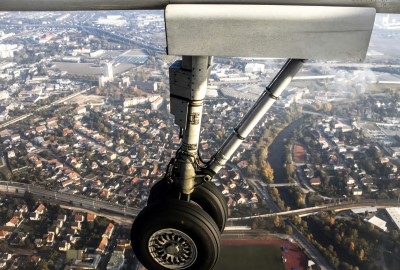Aviation faces financial turbulence amid sustainability costs
The aviation industry’s journey towards sustainable operations is facing significant financial challenges, with costs potentially reaching $3 billion this year. The International Air Transport Association (IATA) warns that the increased use of sustainable aviation fuels (SAF) and compliance with carbon offsetting schemes will substantially raise operational expenses.

In its recent Global Outlook for Air Transport, IATA highlighted that airlines are expected to use 450 million gallons of SAF in 2024, accounting for 0.5% of their total fuel demand of 99 billion gallons. This shift will add $2.4 billion to jet fuel costs, already projected at $271 billion this year. Additionally, adhering to the ICAO's Corsia (the Carbon Offsetting and Reduction Scheme for International Aviation) will cost another $600 million, with European airlines also bearing emission charges under the EU’s emissions trading scheme.
Precarious financial landscape
Energy Intelligence reports that, despite the aviation industry rebounding from the Covid-19 pandemic with air traffic returning to 2019 levels, the financial landscape remains precarious. Airlines anticipate a revenue climb, with passenger and cargo operations boosting overall revenue close to $1 trillion. However, net profits are expected to be a modest $30.5 billion, reflecting a net profit margin of just 3.1%.
According to Energy Intelligence, IATA’s report cautions that new climate policies could dampen air travel demand, potentially leading to higher airfares. This increase may reverse the decade-long decline in inflation-adjusted ticket prices. The industry’s slim profit margins highlight the limited capacity to absorb rising sustainability costs.
Optimizing operations
To navigate these challenges, airlines are optimizing operations through astute network planning, reducing flight frequencies, and employing larger aircraft types. Some carriers are also adopting strategies of low-cost airlines by using narrow-body jets for long-haul flights. These measures aim to mitigate the impact of pilot shortages and constraints on airport and air traffic control staff.


